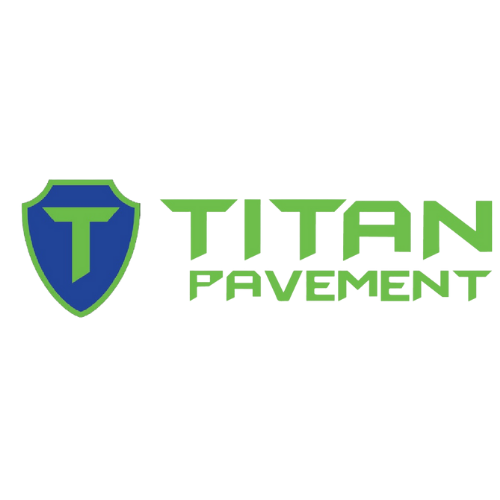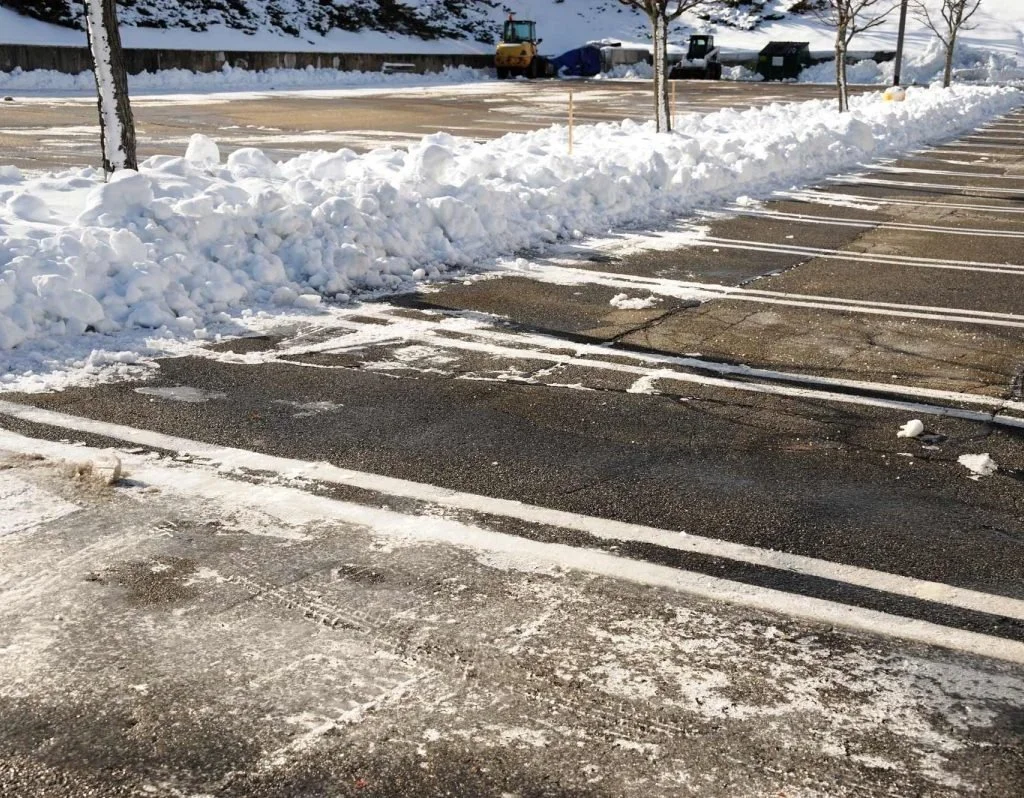Protect Your Asphalt Pavement From Winter Weather With These Tips
You might be surprised to learn that it is not necessarily the harsh cold temperatures that can negatively impact your asphalt surface. It is actually the freeze-thaw cycle that happens continuously all winter long. When ice and snow begin to melt, it creates pooling water on asphalt surfaces, which can compromise the integrity of the surface.



